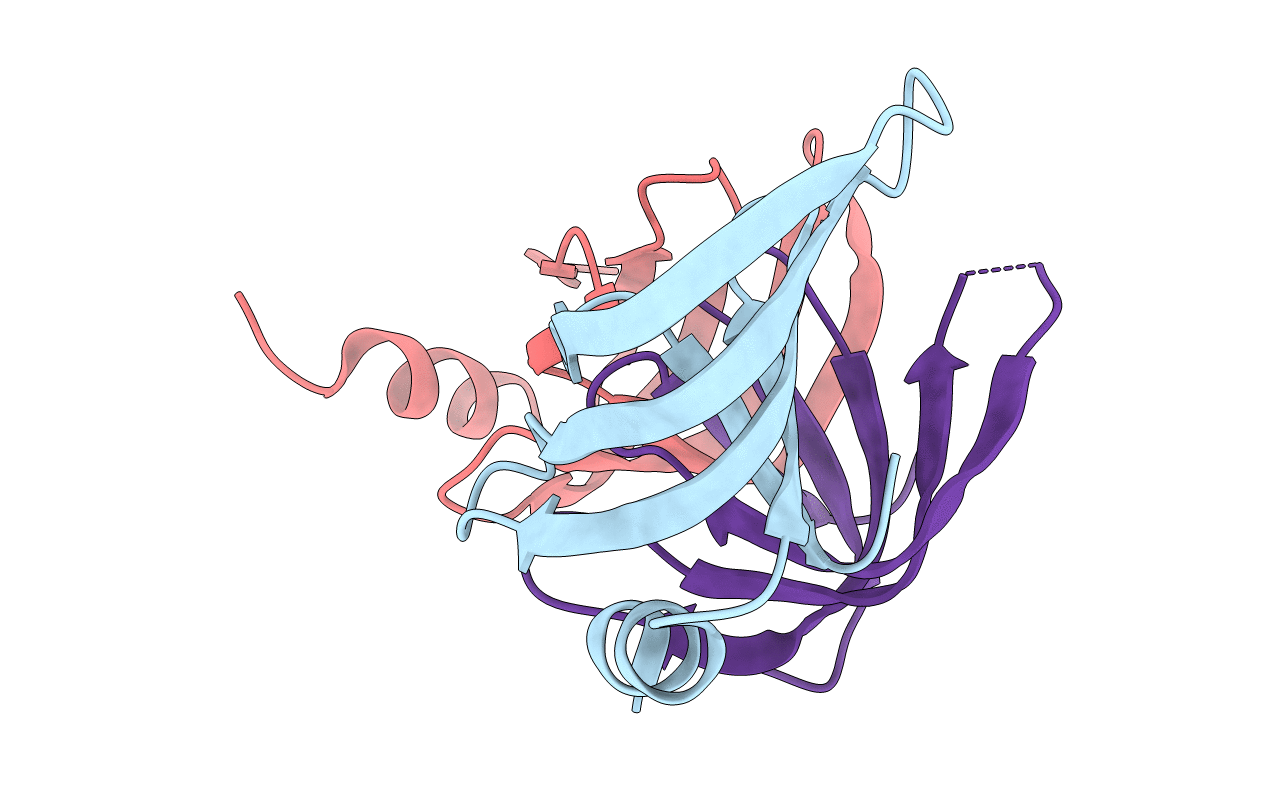
Deposition Date
2012-04-12
Release Date
2012-06-13
Last Version Date
2024-11-20
Entry Detail
Biological Source:
Source Organism:
Schizosaccharomyces pombe (Taxon ID: 284812)
Host Organism:
Method Details:
Experimental Method:
Resolution:
2.30 Å
R-Value Free:
0.25
R-Value Work:
0.23
R-Value Observed:
0.23
Space Group:
P 41 21 2


